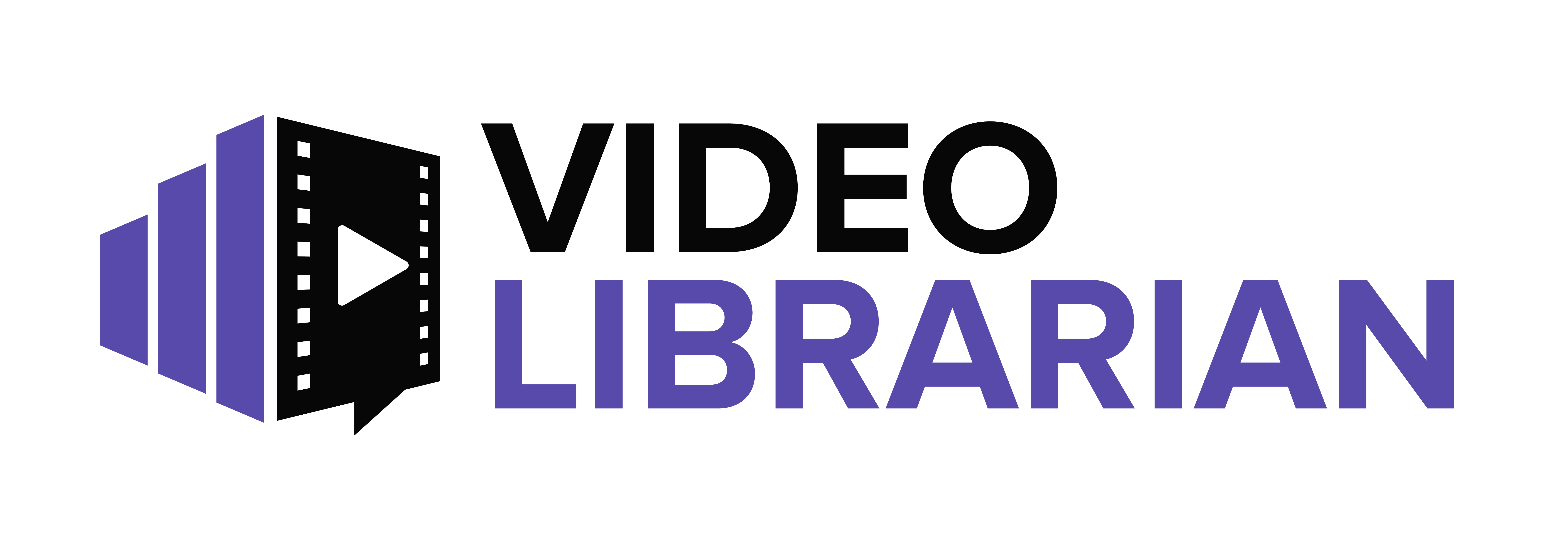Since COVID-19, many people have been wondering what will happen to the ancient art of pedagogy when another similar event takes over the world or climate change makes it difficult for schools to function as a whole because of the rising temperatures.
Such questions are fueling the need for modern technology in education and recent breakthroughs in the Internet of Things (IoT), Artificial Intelligence (AI), Data Analytics, Cloud Computing, AR/VR, and Machine Learning like every aspect of our lives are seeping through revolutionizing the ways we impart and consume knowledge.
The New Era of Learning
The days of information bombardment in the classrooms are long gone as today the modern student is more independent in his pursuit of knowledge. They have an overwhelming range of online resources available to them that are simplifying learning on the go while catering to diverse learning styles and needs.
Quality Not Quantity
Technology combined with the digital age is paving a better pathway for quality education by optimizing learning and teaching methods to meet the needs of each learner, especially learners with disabilities.
Producing graduates by the number doesn’t work in the modern market as the modern workplace/employer/client does not care how many degrees you have but actually how good you are at your job. This is exactly what modern technology is achieving through its incessant focus on personalized, digestible, self-paced, and independent learning that not only stimulates your passion but also sharpens your skills for the world out there.
So, without any waiting, here are the top smart devices changing the way we learn:
Interactive Whiteboards
One of the most widely used and most prominent examples of technology application, Interactive Whiteboards have simply made learning more inclusive, collaborative, and fun. Not only has it increased accessibility to education for remote or disadvantaged students but also made a wide range of course materials and resources available to teachers to cater to the personalized needs of each student.
The only challenge is maintaining student motivation, discipline, and engagement with the limited face-to-face interaction between the teacher and the students.
AR/VR Headsets
Similarly, the recent availability of AR/VR headsets in classroom environments is making learning more immersive and imaginative by providing realistic and practical simulations of complex concepts while providing virtual field trips to experience those concepts in real-world settings.
The only drawback is AR/VR devices and software are very expensive and there is limited availability of high-quality educational AR/VR content at present.
Gamification
Game-like elements (simply gamification) are a great way to increase student participation by adding game-like mechanics in real-world settings. Not only do they provide a great opportunity to customize learning experiences based on individual preferences but also promote the development of problem-solving, critical thinking, and teamwork skills through interactive challenges.
The only challenge remains designing effective and balanced gamified experiences concerning certain subjects.
Artificial Intelligence (AI)
The gateway to access to everything in the modern world, AI-personalized learning 3.0 with a tang of adaptive content delivery. It can also be a great tool for educators to simplify lengthy and demanding grading and feedback processes as well as identify learning trends and patterns.
However, the challenges of data privacy, security, algorithm bias, and accuracy remain big concerns for widespread implementation.
Internet of Things (IoT)
A tool that makes it possible to automate almost anything wired to the internet, IoT has revolutionized d classroom management, resource utilization, and student-teacher collaboration. Modern applications of IoT provide real-time monitoring of student progress and behavior while providing real-time collaboration opportunities between diverse learners and educators.
The only hiccup is that educators need proper training and support for educators to utilize IoT effectively.
Challenges:
According to a recent report by Project Tomorrow, “Despite growing interest in the use of AR, artificial intelligence, and other emerging technology, less than 10 percent of schools report having these tools in their classrooms.”
Besides the uniform and equitable implementation of modern technology infrastructure, one of the key issues about almost all technology applications is finding a dedicated and reliable fast-speed internet connection. For a seamless and error-free experience, Xfinity provides one of the fastest gig-speed internet across 41 states in the US that is even powerful enough to support a complete school infrastructure. So, to entertain all your personal and commercial needs their customer service representatives are available 24/7 at the Xfinity customer service number.
The Future of Educational Technology
The transformative potential of technology in education is endless and if we can find an equitable balance in its application across all developing and struggling nations then their enhanced learning experiences or outputs can become the next generative force to reshape the world for years to come.
The modern classroom will be an immersive and practical experience where students will be set free in a world of their imagination to explore the endless possibilities they can achieve through the strength of their conviction and passion.


